#brigalow
Text
Half a dozen years of killing by the Native Police had brought peace of a kind to the rivers that fed the Mackenzie in the brigalow country behind Rockhampton.
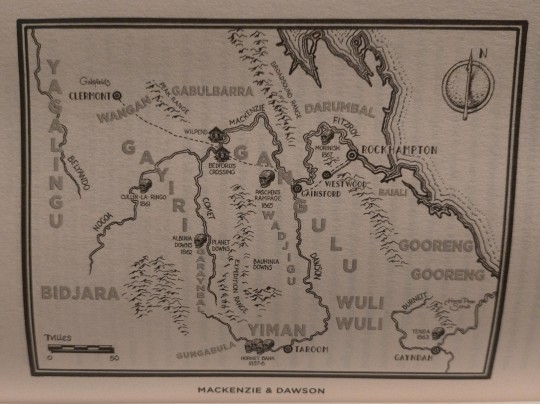
"Killing for Country: A Family History" - David Marr
#book quotes#killing for country#david marr#nonfiction#killing#death#native police#police violence#police brutality#peace#rockhampton#mackenzie river#brigalow#qld#queensland#australia#yagalingu#bidjara#wangan#gayiri#gabulbarra#garaynbal#gungabula#yiman#wadjigu#gangulu#wuli wuli#gooreng gooreng#baiali#darumbal
1 note
·
View note
Photo

A male Euoplos dignitas trapdoor spider.
New species of ‘giant’ spider discovered hiding underground in Australia, experts say
The researchers named the spider Euoplos dignitas, a name meaning “dignity or greatness” that’s intended to reflect the “impressive size and nature of the spider,” museum officials said.
[Arachnida • 2023] Euoplos dignitas • A New Species of Endangered Giant Trapdoor Spider (Araneae: Mygalomorphae: Idiopidae) from the Brigalow Belt of inland Queensland, Australia
(Queensland Museum)
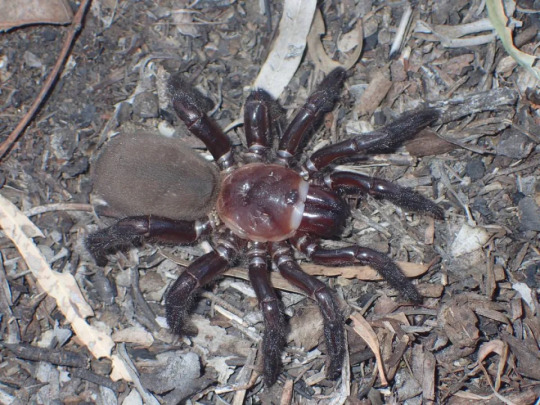
A female Euoplos dignitas trapdoor spider.
#queensland museum#photographer#euoplos dignitas#trapdoor spider#spider#australia#nature#brigalow belt#inland queensland
76 notes
·
View notes
Text
A paper recently published in Zootaxa documents the 48 species of ground-hunting spiders from the family Miturgidae, which can be found across Australia, particularly in arid habitats in open eucalypt forest, brigalow, mallee, heath, and desert.
Lead author, Dr. Robert Raven, who worked on the decades-long project during his tenure with Queensland Museum Network, said originally in this group there were only three known species formally described.
"The newly described species have a body length of up to 10 millimeters, and are nocturnal and fast-moving spiders," Dr. Raven said.
"I was surprised at how many species were described in this paper, I knew there were a lot, but the number was far higher than I predicted."
Continue Reading.
89 notes
·
View notes
Text
New
Researchers have discovered a new and rare “giant” trapdoor spider species in Australia, the Queensland Museum Network announced.
Scientists found the large arachnids in the Brigalow Belt in central Queensland and named them Euplos dignitas. The name comes from the Latin word dignitas, which means dignity or greatness, “reflecting the impressive size and nature of the spider,” the museum…
View On WordPress
0 notes
Text
Une nouvelle espèce d'araignée "à trappe" découverte en Australie
See on Scoop.it - EntomoNews
"L'Australie compte une nouvelle espèce dans la famille nombreuse des araignées. Des chercheurs participant à un projet mené par le musée du Queensland (Queensland Museum), à l'est du pays, ont découvert une araignée mesurant jusqu'à cinq centimètres, rapporte The Guardian mardi 21 mars 2023. Les scientifiques l'ont baptisée Euoplos dignitas dans une étude publiée dans la revue spécialisée Journal of Arachnology."
Antoine Grotteria Publié le 21/03/2023 à 18h46 - Mis à jour le 22/03/2023
-------
NDÉ
L'étude
A new species of Endangered giant trapdoor spider (Mygalomorphae: Idiopidae: Euoplos) from the Brigalow Belt of inland Queensland, Australia - Journal of Arachnology, 15.03.2023 https://bioone.org/journals/the-journal-of-arachnology/volume-51/issue-1/JoA-S-21-056/A-new-species-of-Endangered-giant-trapdoor-spider-Mygalomorphae/10.1636/JoA-S-21-056.short
Illustration
via "Diversity patterns in Brigalow Belt species - Research projects" | Queensland Museum https://www.museum.qld.gov.au/collections-and-research/projects/project-dig/research-projects/diversity-patterns-in-brigalow-belt-species
0 notes
Text

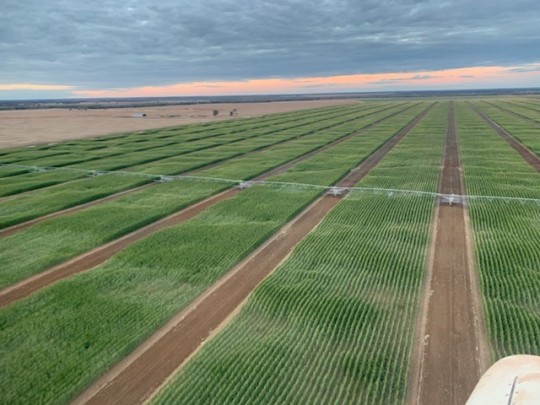
Coggan Farms is a 53,000-acre family-owned mixed farming operation in Queensland’s Western Downs.
Production includes Angus and Speckle Park beef breeders, Dorper/Meatmaster cross sheep, a Meatmaster stud, a feedlot, grazing, and 30,000 acres of irrigated and dryland cropping.
The farm’s undulating terrain has mostly brigalow belah soils, firm to hard-setting with a clay loam surface and medium to heavy clay subsoils. Plant available water capacity ranges from 100mm – 200mm.
For more than three years the Coggans have been using a Horsch Tiger 8MT. They deep rip grassland and prepare it for crops, deep rip irrigation country and general broadacre paddocks, and also use it to incorporate urea and feedlot fertiliser.
The Tiger, engineered to last, has a heavy 2-row disc system and ripper tines. The Coggan’s 8-metre model has a 4-bar frame with good clearance, TerraGrip shanks with low disturbance points, and single row levelling discs in front of the packer tyres and steel packer rollers.
Goggan
Philip Coggan is Manager and part owner of Coggan Farms, and a fourth generation farmer. He said he’s never seen a machine do as good a job as the Horsch Tiger.
“We’ve deep ripped close to 35,000 acres with the Tiger and it leaves the hard dry country very soft. It’s the best tillage machine we’ve ever owned.
“After the Tiger’s been through, we can get up to 12-inches of rain before any water runs off the paddock, even in storms,” he said.
“It does 3 operations in one pass, getting the weeds out, deep ripping the land and leaving a seedbed you can sow straight into when the rains come. It adds up to excellent savings on fuel, time and labour.
“It’s easy to maintain the depth we need. And we can have discs in the ground whenever we want to. 90 percent of the time we run it discs down using the tines and the leveller.
“The frame is extremely tough, and it needs to be, to handle rough conditions where we can turn up big sandstone rocks.
“Getting a Horsch Tiger is one of the best things we’ve ever done,” Philip said. “The only way to top it would be to have another one.”
Call #MuddyRiverAG for more details 07 4580 0825
0 notes
Photo
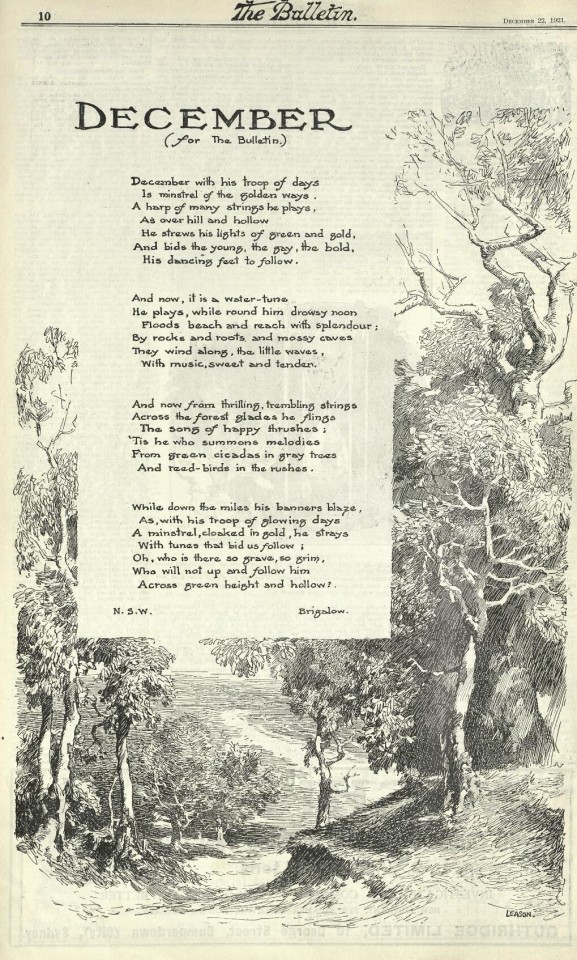
Percy Leason (Poem by Brigalow) - December, The Bulletin, Vol. 42 No. 2184, 22nd December, 1921
Percival Alexander Leason (1889-1959) was an Australian painter, cartoonist, and illustrator. Leason was apprenticed in lithographic drawing for five years and studied at the National Gallery of Victoria.
By 1910, Leason had established himself as a illustrator. He progressed to working as a political cartoonist for the Bulletin, Melbourne Punch and Table Talk. From 1929, Leason worked on various art projects exploring Aboriginal art and culture. Leason moved to America in 1938 and became a successful illustrator and taught at the Staten Island Institute of Art and Science.
#poem#poet#poetry#australian poetry#brigalow#percy leason#Percival Alexander Leason#the bulletin#australian illustrator#1921#1920s#australian summer#summer#december#Pen and Ink#illustration#retro illustration#australian bush#bush poetry
49 notes
·
View notes
Photo

Brigalow, Australian Stock Horse X 24 y/o by @brigalow_horse / #horseoffame #hof #horse #horsesofinstagram #horses #australia #stockhorse #showing #equestrian #equestrianlife #equestriansofinstagram #brigalow #model #australianstockhorse #australianstockhorsesociety https://www.instagram.com/p/CAQ1aZEHOvc/?igshid=1hzqas9etc1jt
#horseoffame#hof#horse#horsesofinstagram#horses#australia#stockhorse#showing#equestrian#equestrianlife#equestriansofinstagram#brigalow#model#australianstockhorse#australianstockhorsesociety
0 notes
Text
its storm season bois hell yeah
1 note
·
View note
Photo

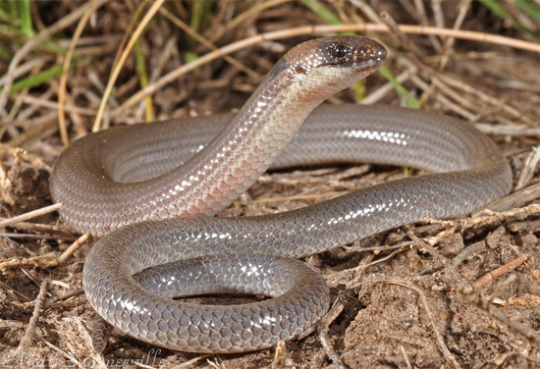
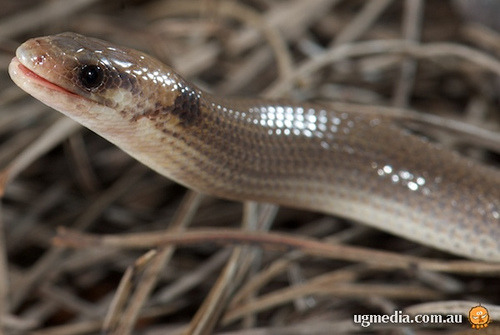
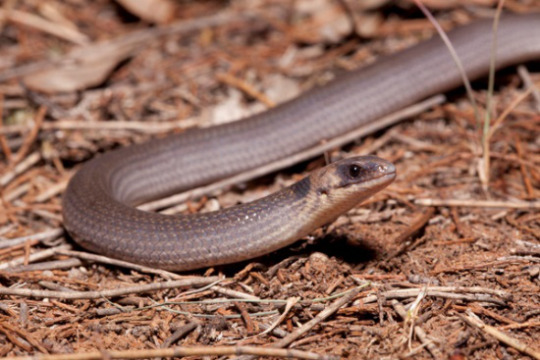
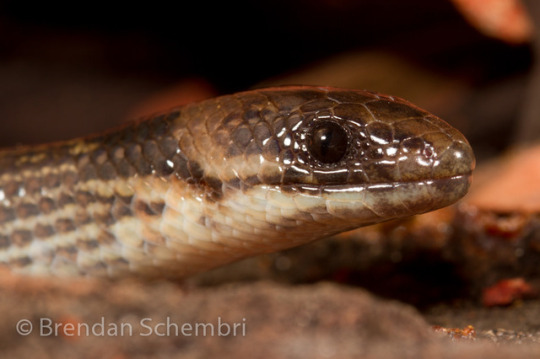
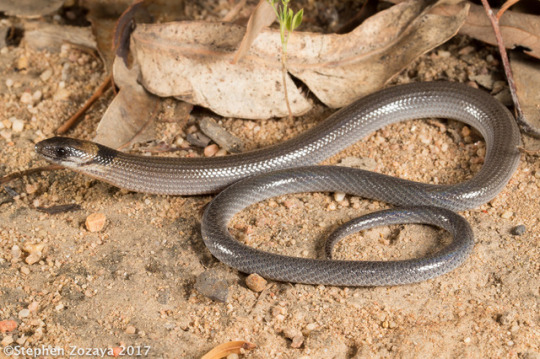


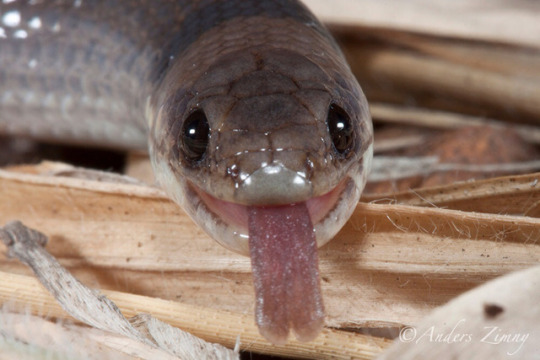
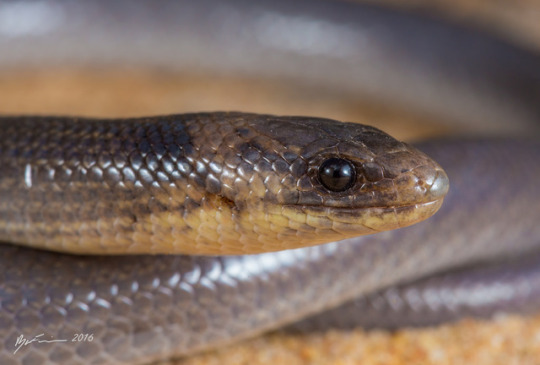
Queensland Snake Lizard
The Brigalow scaly-foot or Queensland snake-lizard (Paradelma orientalis) is a species of lizard endemic to Australia. This species is a flap-footed or ‘legless’ lizard, so called because it has completely lost its forelimbs but has a small scaly flap that is remnant of its hindlimbs. This slow moving nocturnal species is mostly terrestrial (lives on the land), although it has been recorded climbing the rough bark of wattles. When alarmed, the species will rear its head and fore body and flicks its tongue, possibly to mimic venomous snakes.
The Brigalow scaly-foot is a legless lizard that grows to approximately 6.3 inches. It is a heavy set lizard with a round snout, prominent ear openings, fairly large limb-flaps and a tail twice the length of the body. The body is grey to greyish brown in color and the base of the head is cream to pale brown. A distinctive black bar crosses the back side of the neck.
This species is endemic to Queensland and occurs mostly in the Queensland Brigalow Belt (QBB) bioregion, from Inglewood on the southern downs, north to Emerald and east to Gladstone. However, its distribution is highly fragmented due to large proportions of potential habitat being cleared throughout the species' range.
The Brigalow scaly-foot is found on sandstone ridges in woodlands and vine thickets, and in open forests and woodlands, especially ironbark, cypress pine, brigalow, bull oak, spotted gum and vine scrubs. Reports suggest it is a climber of small trees and it has been observed in Acacia falciformis trees on Boyne Island. Sandstone slabs, logs, dense leaf litter and grass tussocks in these habitats, provide shelter.
Sap forms a major portion of the diet of both adults and juveniles. The species has been observed licking sap exuding from Acacia falciformis trunks on Boyne Island.
[x]
#Reptile abc's#Q#queensland snake-lizard#queensland legless lizard#brigalow scaly-foot#not snakes#lizards#legless lizards#source: google
206 notes
·
View notes
Text
Walker offered FitzRoy a practical plan to address the problem: he would refuse the assistance of the Native Police to squatters who cleared their land:
As every black has his own hunting ground from which he is thus expelled, and he is not allowed to trespass for any length of time on that of others he is compelled for his own subsistence to kill cattle.
It is my wish that the marauding parties which now infest the brigalow should be broken up, which can only be done by allowing each native to return to his own ground.
"Killing for Country: A Family History" - David Marr
#book quotes#killing for country#david marr#nonfiction#frederick walker#charles augustus fitzroy#practical plan#native police#squatters#indigenous australians#aboriginal australian#hunting ground#trespassing#cattle#brigalow#marauding
0 notes
Link
3 notes
·
View notes
Text
Winter wandering Pubs and Free Camps
Well back on the road again (Tuesday) looking forward to doing some free camping with lots of warm fires. Elected to head west first, hopefully missing all the Mexicans migrating north.
The hardest part of any drive is the early part where it takes forever to drive through the greater region of Brisbane. Eventually we started to head up the range using the new bypass around Toowoomba, an amazing piece of engineering. At the top stopping for a late lunch and fuel top up.
Did I mention we left really late as we were binge watching “Designated Survivor” a must see which our granddaughter Aimee got us hooked on.
First stop was a little town call Warra, which is west of Dalby. It was a free camp and we headed to the local for some tea and a drink. Drink was great but only food available was a pie. Not the best but the icy beer made up for it. This is a must do free camp for anyone heading west. Clean toilets and the new garage sells the cheapest petrol on the highway.
A slow start with rain putting a damper on doing the town walk we drove through to Meandarra on the Brigalow Creek. We had meant to stay at Caligula Lagoon but it was closed for an upgrade. Looks great so will put on the future “ stop at list”. The Meandarra park here has some powered sites but we elected to stay unpowered paying the exorbitant price of $5 for three nights.
Lovely little town with the main attraction being the Anzac Museum, a must visit. The streets are wide and locals, when you see one, friendly. The food (rissoles and chicken Parma) at the pub was great and beer cold. The wood fire in the bar more than welcome as the temperature was starting to plummet.
On Saturday night we finally got to have an open fire, and loved it. Rhondda burnt the potatoes and Allan re-heated a frozen savoury mince. We were in heaven. I should mention that the port we brought to have a small drink after tea each evening is now gone. Got to love cold weather.
Three nights we spent here and will use the place again whenever travelling through with future wanderings.
The drive through to Surat was slow thanks mostly to some of Queensland’s lesser road works but mostly the views pleasant. One bad experience though, about half way we drove past four dingos hanging from the tree. We just do not understand the thinking of those responsible. Idiots.
This is the third time we have been to Surat and to all country towns struggling for survival you need to visit the place. It is open on week-ends and you can buy a coffee from 6:30am. The free camp just outside town is well maintained and huge. The place has a butcher and laundry with everyone friendly.
On Sunday night we decided to have another camp fire, this time using our converted gas bottle, given to us by Karen and Charlie.
Was great until the paint on the bottle caught fire but not to alter our mind set we just kept going and it was great. The time outside going so fast and only the cold night air pushing us inside.
The temperature for our daily walk was minus 1 but we did it but came straight home and jumped back into bed. The days are beautiful sitting in the sun and very quiet. Our site is under a tree with town water a short walk away. Fire wood (free) is easy to obtain just by walking across the highway. Mother Nature the former owner.
The trip to date is been what we were hoping for and though at times freezing something we will do again I am sure.
1 note
·
View note
Photo
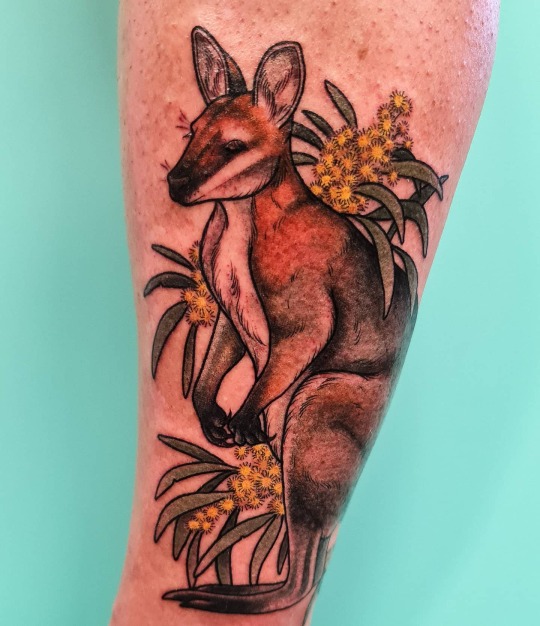
Black-striped wallaby with brigalow wattle. The black-striped wallaby (Notamacropus dorsalis), also known as the scrub wallaby or eastern brush wallaby, is a medium-sized wallaby found in Australia, from Townsville in Queensland to Narrabri in New South Wales. In New South Wales, it is only found west of the Great Dividing Range. @withlovetattoo #tattoos #ink #tattoo #wallaby #wallabytattoo #blackstripedwallaby #australiantattoos #australiantattoo #wattletattoo #brigalowwattle #neotrad #neotraditionalaustralia #botanicaltattoo https://instagr.am/p/CWCXvVUPOd2/
0 notes
Text
milfoil
naias (najas)
nitella & chara (algae)
pipistrellian
caddis (caddisflies)
coelenterate
spicule
eremophila
goby
labella
sepal
mihrab
ylang-ylang
duende
voyou
ad orientem
goffer
papilionaceous
papaverous
A.U.C. Ab urbe condita
bourdon
lupanar
umbles
chyme
thews
L.C.M.
blason
Erlking
psittacine
aquifer
antimony
morganatic
angophora
razzia
noctilucae
the Stagirite
nescience
sectary
fideism
pander (n)
wether
brigalow
harupiscate
blanco
wayang
lagunaria
dominie
0 notes
Text
youtube
Horsch Sprinter 18NT and interview with Philip Coggan
Horsch Sprinter, unbeatable efficiency
A 53,000-acre Queensland farm has again chosen Horsch Sprinter seeders overall competition.
Coggan Farms is a family-owned fifth generation farming operation at Meandarra on Queensland’s Western Downs.
The farm’s undulating terrain has mostly brigalow belah soils, firm to hard-setting with a clay loam surface and medium to heavy clay subsoils. Plant available water capacity ranges from 100-200mm.
Production includes Angus and Speckle Park beef breeders, Dorper-Meatmaster cross sheep, a Meatmaster stud, a feedlot, grazing, and irrigated and dryland cropping.
30,000 acres are given over to forage sorghum, lablab, grain sorghum and irrigated corn in the summer, with barley, wheat, chickpeas, triticale and vetch in winter. Approximately 50 percent of crop produced is used as fodder on-farm.
Philip Coggan, Manager and part-owner, said he traded up on a 12-metre Horsch Sprinter and took delivery of two new Horsch Sprinter 18NT seeders in March 2021.
“The 12-metre Sprinter had done 18,000 acres for us. It was the simplest seeder we’ve ever used and worked very well, but we didn’t go into our next buying decision with eyes closed.
“My son Tom and I researched the latest seeding technologies from various brands. We knew what was available and Sprinters were the best choice,” he said.
The Horsch Sprinter NT has narrow fold design, rotational folding seed towers, a floating drawbar hitch, excellent ground following ability with instant terrain response, simplified integrated hydraulics and one-metre underframe vertical clearance.
Precision alignment of the packing system to the openers provides optimal seed to soil contact. Individual depth control on each tine guarantees accuracy.
For Philip Coggan, the quality of the engineering and the thought behind the deceptively simple, very strong design have produced standout advantages.
“Sprinters are mounted with rubber torsion. With no pins and bushings on the tines, you’ve got no wear. Basically, you can run these machines for years without having to spend any money on them,” he said.
“The Sprinter follows the ground very well and with the narrow point and leading coulter, we get minimal soil disturbance for a tine planter.
“It’s very manoeuvrable in the paddocks and folds up well for road transport and shed storage.
“It’s simple to calibrate and setting the coulter depth is very quick. “It’s great to be able to set tine down pressure from the cab with the touch of a button. We can have five different soil types across one paddock and we can easily increase pressure on the run.
“We sowed into 6-tonne per hectare barley stubble travelling at about 8.5kmph and got uniform, quick emergence. The Sprinter does a great job even in soft ground, which is another reason I love them,” he said.
The Coggans chose 17,000-litre aircarts and set them up with single shoot 10,000-litre liquid fertiliser systems, which means the whole 17,000-litre cart is full of seed.
“It takes us less than 10 minutes to fill the seed cart,” Philip said, “and we can go for more than 15 hours before we need to refill. It’s unbelievable efficiency.”
“The Sprinter’s so easy, safe and efficient to use. You just turn the monitor on and away it goes, doing everything you want it to do,” Philip said.
0 notes